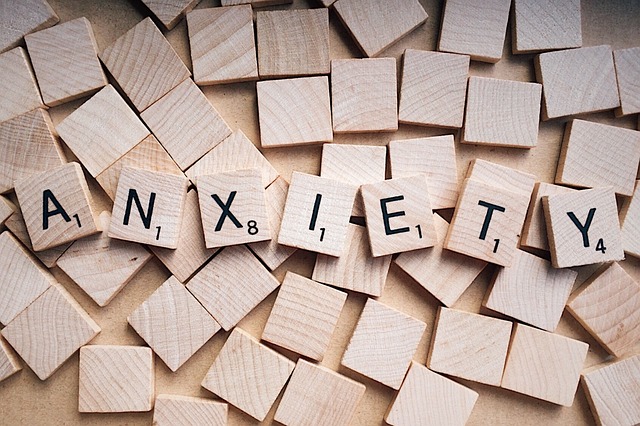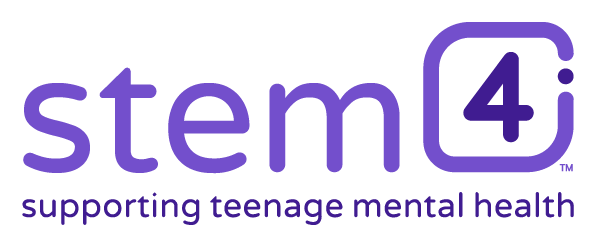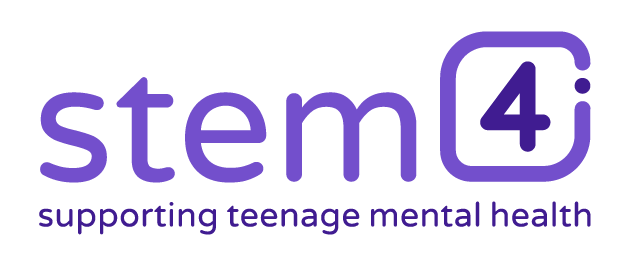Anxiety is the most common emotion we experience and the most common form of disorder in childhood and in adult years. At some stage in life everyone will feel anxious, most commonly when faced with difficult or new situations. Everyone can relate to experiencing symptoms of anxiety or fear such as breathing becoming shallow, sweating, heart beating faster, butterflies in their stomach, and dry mouth.
Here are some resources to help you better understand signs and symptoms of anxiety and learn how to manage it, or support another young person.

Resources to help manage and deal with anxiety
1. Teenage anxiety: What are the signs & how can you deal with anxiety?
Anxiety is the most common mental health condition people experience and is characterised by a range of anxious thoughts and behaviours.
This blog explores some questions to help you understand if you are anxious and provides tips to help you deal with your anxiety.
Read Teenage Anxiety: What Are the Signs & How Can You Deal With Anxiety?
2. Are anxiety levels higher now than over lockdown?
Post lockdown, some reported that a quarantine period may have actually been better for young people’s mental health than the easing period, while others noted that mental health issues may have increased or become harder to manage over lockdown itself.
So, how might we understand the various stages our minds go through in a crisis situation? This blog explores the different stages of a crisis and highlights the importance of building resilience.
3. How to manage social anxiety
Social anxiety is a fear of being watched and judged in social situations such as meeting new people, public speaking, or answering a question in class. This type of fear can be commonly shared by many people and can be more present in teen years. However, when social anxiety becomes intense and persistent, with avoidance of situations where a person might fear being negatively evaluated or rejected, it is called social anxiety disorder.
This blog explores some symptoms of social anxiety disorder and Dr Nihara Krause provides tips for managing social anxiety.
Read How to Manage Social Anxiety After a Year of Lockdowns.
4. Feeling down? Tips from someone who’s been there
When we’re feeling down, it can be comforting to hear from someone who has felt similar to you and is talking from experience.
stem4 Ambassador Michael Maitland experienced anxiety and depression for about eight years from when he was a teenager. He’s shared some tips (based on his own lived experiences) that may help you.
5. Support for results day anxiety
Exam results day can be an incredibly stressful day, whether you’re awaiting results or know someone who is.
With the many emotions and worries attached to the day, we’ve collated our top tips and blogs to help you in the build-up to exam results day, as well as some advice to support you on the day. Our results day tips are all provided by Dr. Richard Graham, an experienced Consultant Child & Adolescent Psychiatrist and Clinical Director at stem4.
6. How to manage anxiety over the festive period
There are plenty of things that can create anxiety over the Christmas period from dealing with crowds and lack of sleep, to navigating difficult relationships and missing loved ones.
This blog explores 7 ways you can use the free Clear Fear app to help manage and reduce anxiety including reacting to worries, making time to relax, staying calm, and managing physical responses to anxiety.
Read Anxiety During the Christmas Period and How You Can Help Yourself.
7. Worried about anxiety? Signs and steps to change
Anxiety is a natural response to fear, threat, and apprehension. However, when anxiety is extreme or goes on for a long time, or the response to a threat is disproportionately large and affects a person negatively, it may become an anxiety disorder.
Our anxiety section explores the signs of anxiety, steps to change, and how to help (for friends, parents/carers, schools, and health professionals).
8. Download the free Clear Fear app
The fear of threat, or anxiety, is like a strong gust of wind. It drags you in and makes you want to fight it or run away. Instead, face your fear with the free Clear Fear app and learn to reduce the physical responses to threat as well as changing thoughts and behaviours and releasing emotions.
Clear Fear is an app developed for teenage mental health charity stem4 by Dr Nihara Krause, Consultant Clinical Psychologist, and uses the evidence-based treatment CBT to focus on learning to reduce the physical responses to threat by learning to breathe, relax and be mindful as well as changing thoughts and behaviours and releasing emotions.
Download the free Clear Fear app on the App Store and Google Play. For more information visit www.clearfear.co.uk.
Whether you’d like someone to talk to or just some information and guidance, head to our Further Advice page for a list of helplines and resources that you may find useful. Please note we are UK based so the information is for UK users.
We also recommend talking to your GP / mental health professional, or calling 111 or 999 in an emergency if in the UK. Please contact relevant emergency numbers if abroad.


